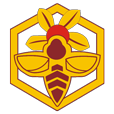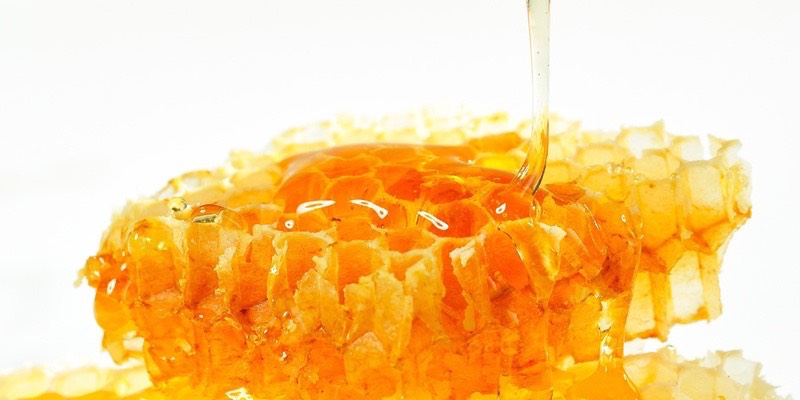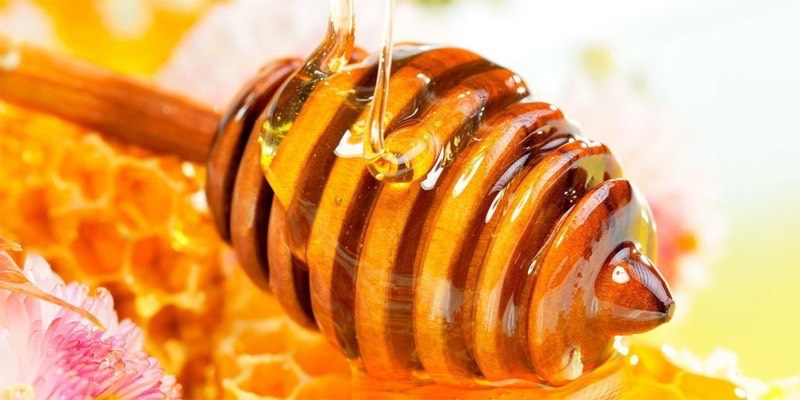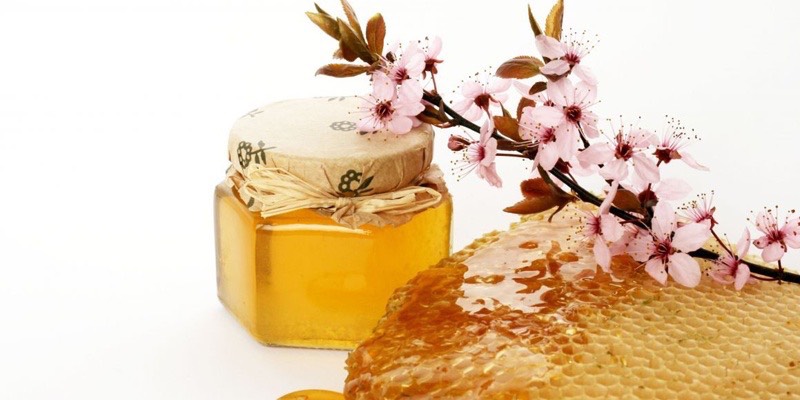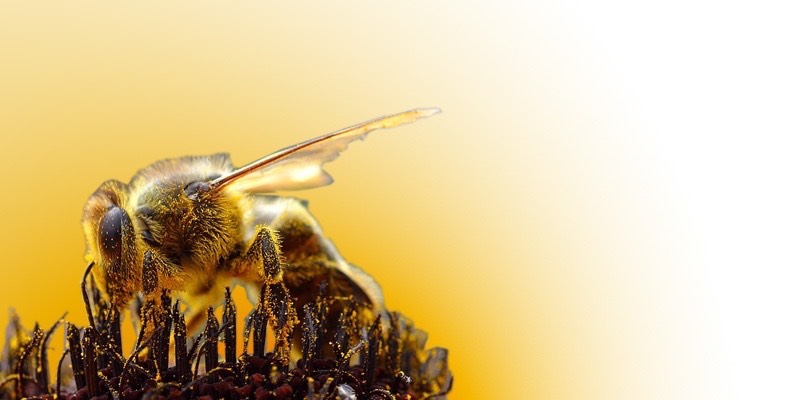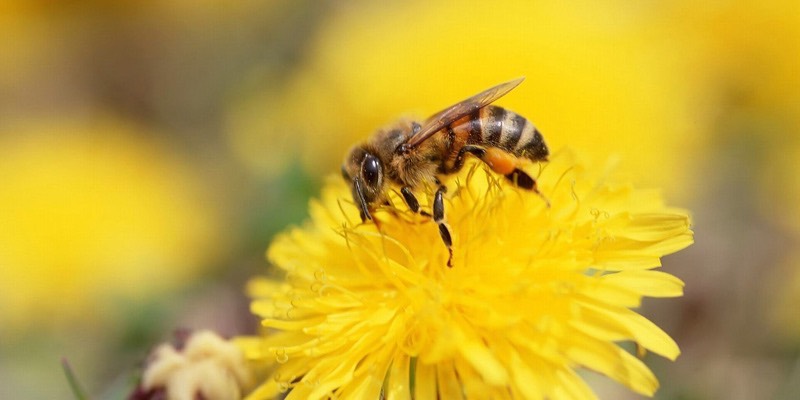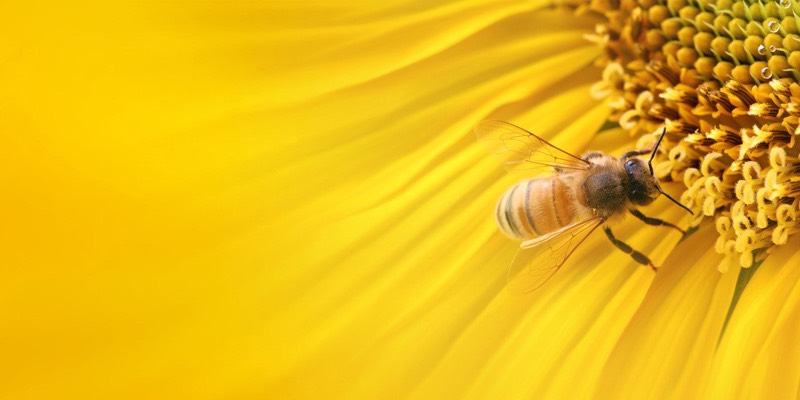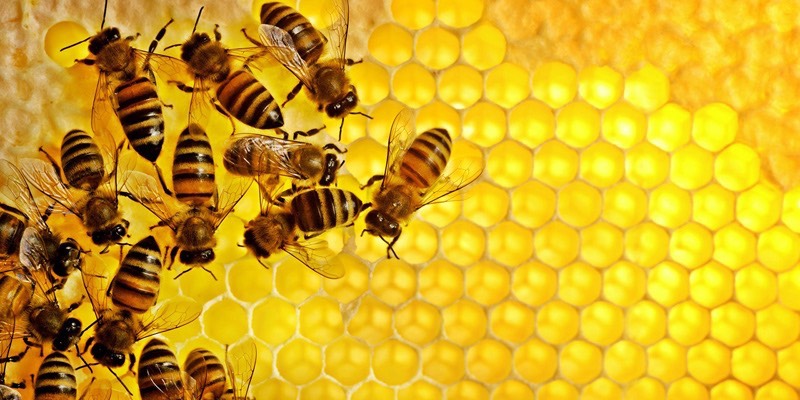Management
Curriculum Vitae: Pantelis Kavouras - General Manager
Mr. Pantelis Kavouras was born in 1963, married with 2 children. After completing his studies (Mechanical), he worked until 1999, in Cooperative Beekeeping, as a Production Manager. He founded the company taking advantage of the experience and expertise he had gained. Quickly, he differentiated from the market. Honey Center provides beekeepers with premium quality products (different varieties of honey and honey of Protected Designation of Origin). Additionally, Honey Center has integrated units for packaging and processing honey and a unit for the support of beekeepers. The greek Beekeeping Center (Honey Center) provides beekeepers with equipment and offers specialized advice concerning general issues based on the experience of the General Manager.
Mr. Kavouras is an official taster of the General Chemical State Laboratory. Honey Center has specialized packagings with certain specifications, suitable for use from great brands and companies that produce organic products of private labels (APIVITA, DIMFIL, etc.). The company has been certified by HACCP, ISO and has recently relocated to a new more functional place of 700 m².
Mr. Kavouras is a member of the Board of Directors of the Cross-Industry National Committee of Honey and other Hive products and Vice President of the Association of Formulators of Greek Honey.

What is Apiculture?
Apiculture is the management and study of honeybees.
Apiculture is the management and study of honeybees.
Apiculture is derived from the honeybee's Latin name Apis mellifera, meaning ‘honey gatherer’. Since bees do not collect honey but nectar from which honey is made, the scientific name should actually be Apis mellifica meaning ‘honey maker’.
Although apiculture refers to the honeybee, the vital role all bees play in the pollination of crops and flowering plants has caused apiculture to also include the management and study of non-Apis bees such as bumblebees and leafcutter bees.
Some 90 million years ago, flowering plants first appeared on earth. The wasp-like ancestors of bees took advantage of the food made available by flowers and began to modify their diet and physical characteristics.
Since then, flowering plants and bees co-evolved. This eventually led to a complete interdependence, meaning that flowering plants and bees cannot live and reproduce without each other.
Since then, flowering plants and bees co-evolved. This eventually led to a complete interdependence, meaning that flowering plants and bees cannot live and reproduce without each other.
The genus Apis is comprised of a comparatively small number of species including the western honeybee Apis mellifera, the eastern honeybee Apis cerana, the giant bee Apis dorsata, and the small honeybee Apis florea.
Honeybees are indigenous to the Eurasian and African continents and were introduced to the Americas and Australia by European settlers.
The western honeybee is comprised of some 24 races or sub-species. The African honeybee, sometimes referred to as ‘Killer bee’, is a race of the western honeybee and can therefore cross-breed.
Bees collect pollen and nectar. Pollen is the protein source needed for bee brood development while nectar is the carbohydrate source providing energy.
Nectar is a sugar solution produced by flowers containing about 80% water and 20% sugars. Foraging bees store the nectar in the ‘honey sac’ where the enzyme invertase will change complex sugars into simple sugars called mono-saccharides. Upon return to the hive, the foraging bee will disgorge the partially converted nectar solution and offer it to other bees. Housekeeping bees will complete the enzymatic conversion, further removing water until the honey solution contains between 14 – 20% water.
Honey is too dry for any microbes to live in. Honey is non-perishable and can be kept indefinitely in a cool, dry place.
The flavor, aroma and color of honey is determined by the floral source. For example, buckwheat honey is almost black while fireweed honey is almost colorless.
Unlike other bees, honeybees can communicate details about the location, quality and quantity of food sources. This allows honeybees to access and utilize food sources efficiently at great distances.
Honeybees maintain temperatures in the brood nest of between 30º C and 34º C, even in the middle of winter.
The honeybee colony is comprised of one queen, thousands of worker bees and a few hundred male bees called drones. Colony size varies according to season and condition of the colony.
Several diseases including viruses, various microbes and mites can affect the honeybee.
Honeybees are used in pollination and play a critical role in the production of many crops, representing a value of over $14 billion per year in North America.






